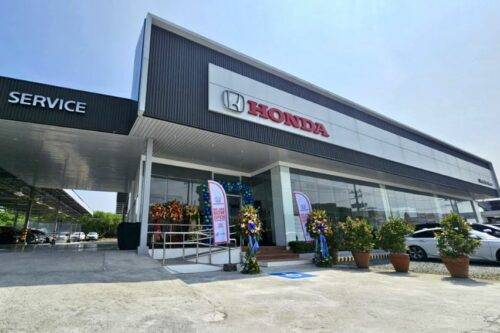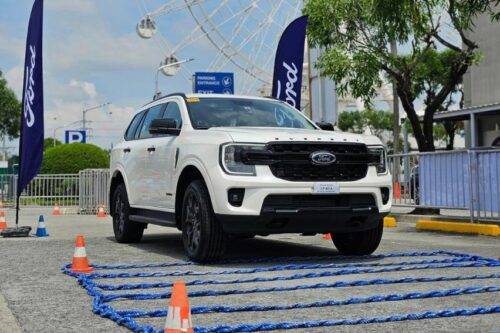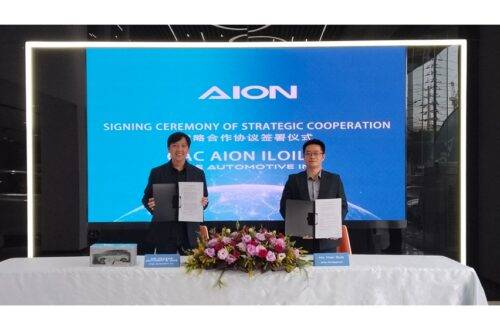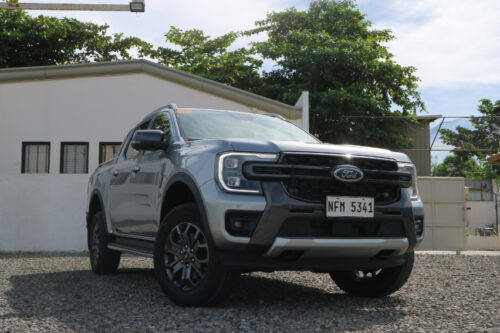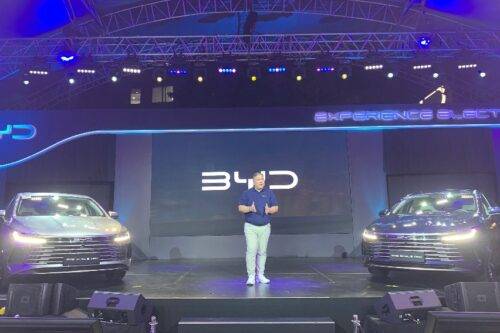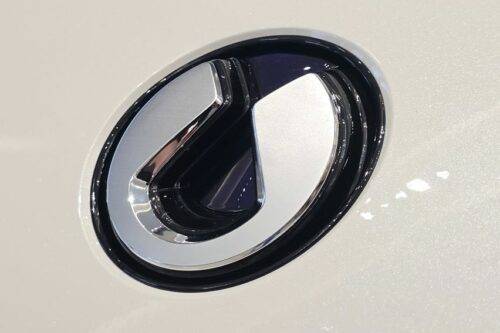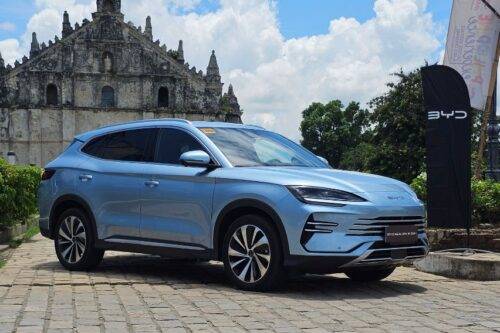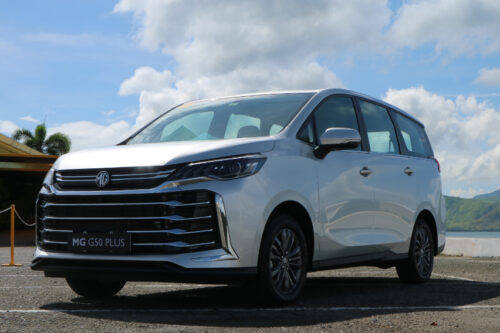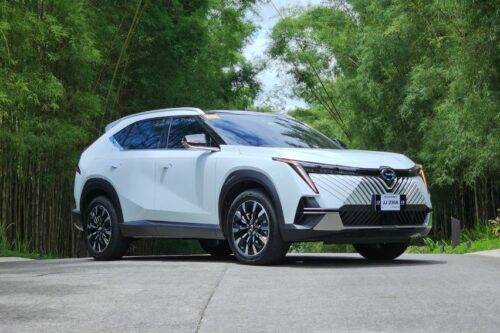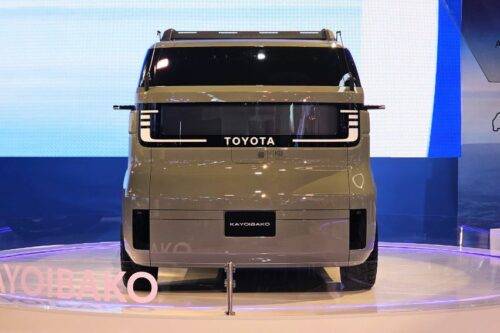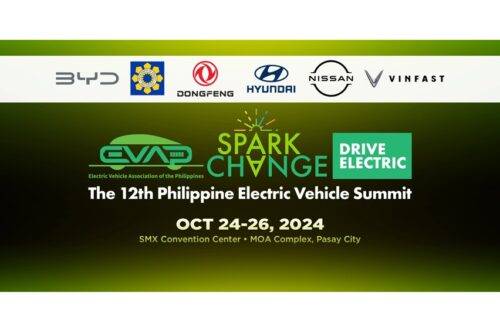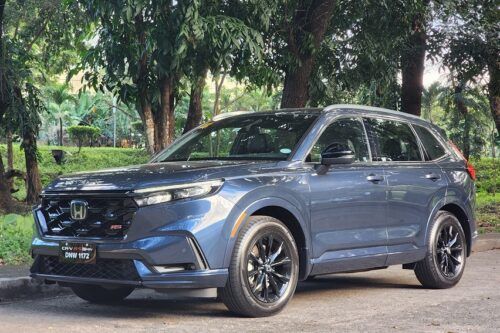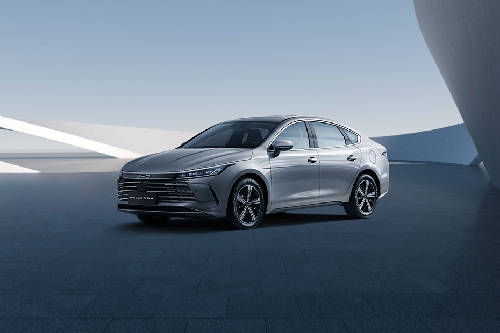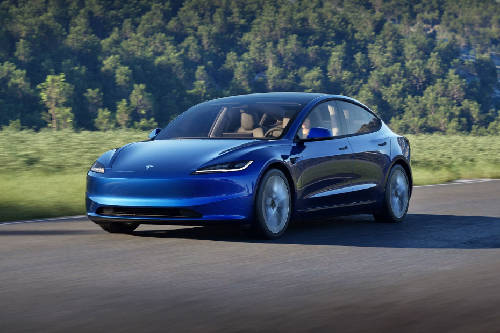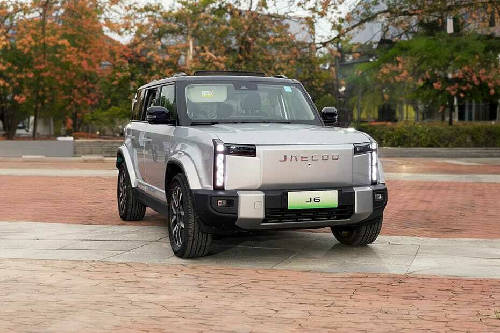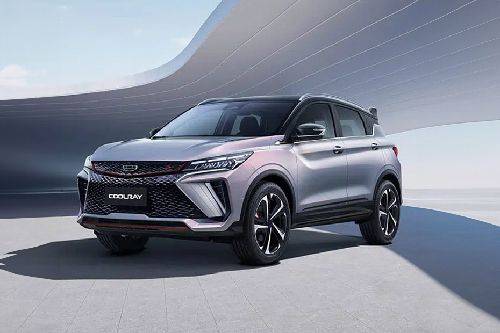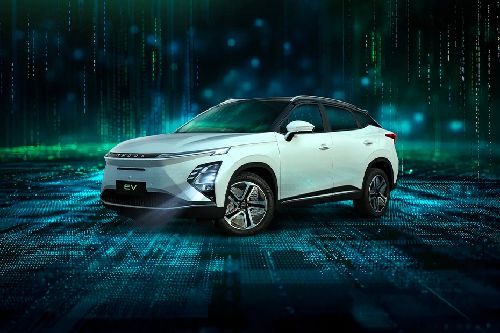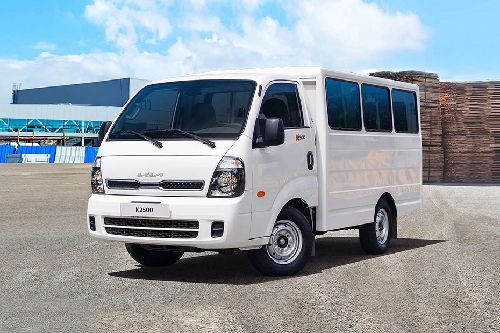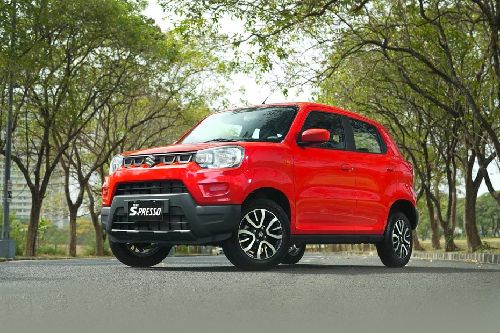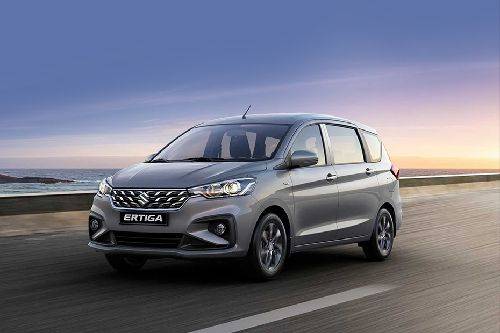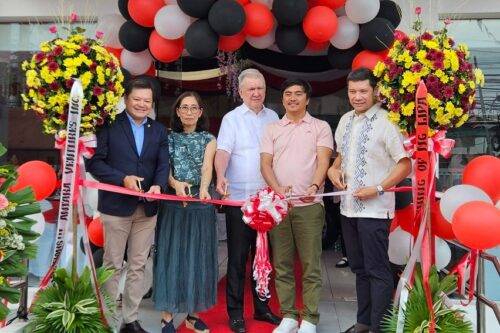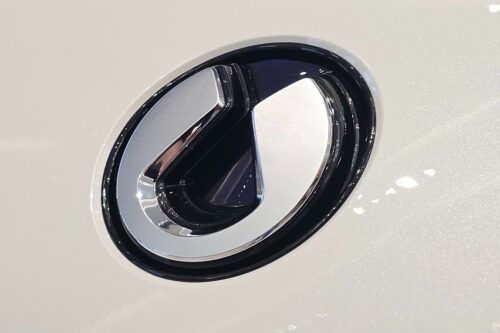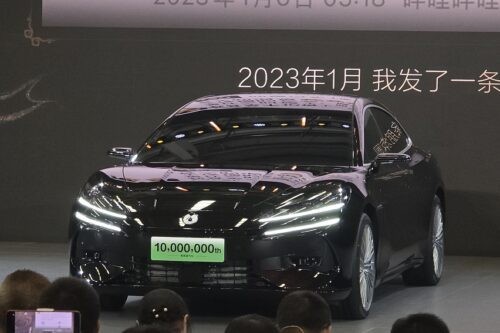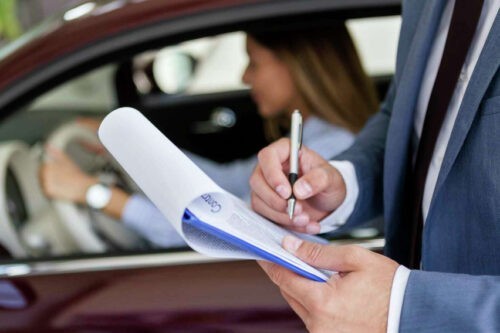Industry leaders tackle innovative mobility solutions in Shell’s ‘Future Festival’
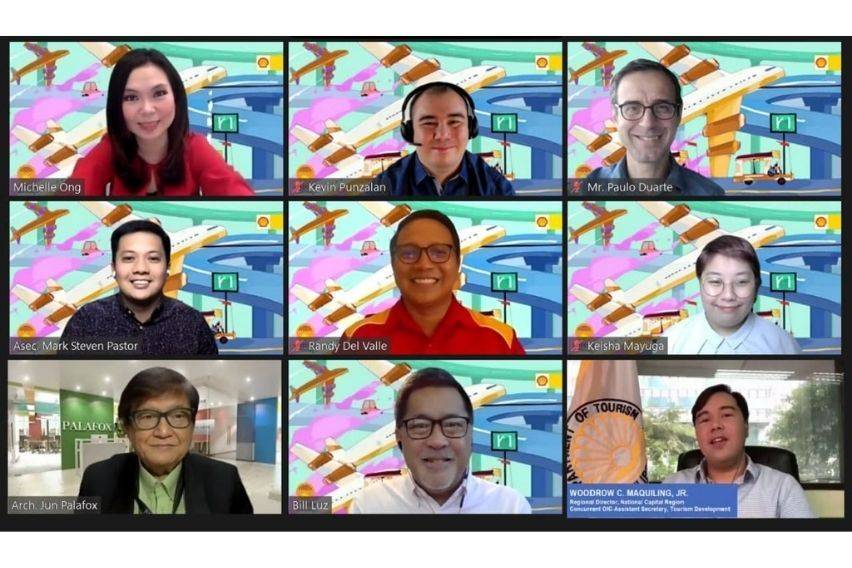
MANILA: Pilipinas Shell Petroleum Corporation (PSPC) hosted the first episode of "Future Festival," a four-part series that focuses on key pillars for the nation’s progress, last Friday, October 29.
Industry leaders discussed mobility issues such as limited public transportation, weak infrastructure, and obsolete policies. They also tackled the topics of urban planning, sustainability, and innovative solutions based on public safety, careful planning, and collaboration.
Change, however, must be preceded by a profound shift in the public mindset. “Mobility is not just about transportation. It is enabling efficient transactions to make needed products and quality services easily accessible and readily available to everyone on the move, whether it’s traffic, urbanization, the need for safer roads and public transportation, or the long-standing effects of the pandemic—we need many solutions, not just one,” PSPC Vice President and General Manager for Mobility Randy Del Valle stated.
Due to the COVID-19 pandemic, a substantial percentage of the population lacks access to transportation to get to destinations, whether for work, leisure, or acquiring goods and services. At the same time, the heightened restrictions on public transportation have forced people to pursue other faster but safer options.
One example is the continuous increase in the use of bicycles as many Filipinos shifted to active transportation for personal mobility. PSPC was one of the first institutions to realize this trend, launching its “Site of the Future” in Silang, Cavite which has a dedicated place for cyclists where they can relax and refresh themselves while their bikes are being serviced. Department of Transportation (DOTr) Assistant Secretary Mark Steven Pastor, an advocate for active transportation, said that the agency is planning to expand the country’s 500-km “bike lane networks in metropolitan cities with the goal of increasing accessibility to key activity areas and fundamental facilities, significantly reducing carbon emission as well as promoting road safety.”
The DOTr is also looking at ways to improve mobility for traditional vehicles through dedicated bus lanes. The Public Utility Vehicle Movement (PUVM) project, according to Asec. Pastor, is a “transformational, large-scale initiative of this administration that is structured, modern, well-managed, and environmentally sustainable. Drivers have stable, sufficient, and dignified livelihoods, while commuters get to their destinations safely and comfortably.”
As travel also resumes, Department of Tourism (DOTR) – National Capital Region (NCR) Regional Director Woodrow Maquiling Jr. said that “green lanes have been set in place.” With the help of the national government and more relaxed health protocols, they will allow fully vaccinated individuals to enter the country for business or leisure. Maquiling noted that this initiative leads to “spurring business activity and providing job opportunities, while ensuring safety against the further spread of COVID-19.”
Embassy of the Netherlands in the Philippines Senior Policy Officer Kevin Punzalan also gave insights based on the strategies and best practices of the Dutch that have resulted in some of the world’s most “cyclable” cities. “Cycling cities are better designed for people, make transportation accessible and affordable, and create a healthier and safer city,” Punzalan stated. He also said that more government funding and policies are needed to guarantee bikers and pedestrian’s safety and efficient mobility.
In parallel, Move As One’s Safe Cycling and Walking Agenda Transport Lead Keisha Mayuga stated, “The top three hindrances preventing people to take on active transportation are the lack of bike lanes, bike parking, and post-trip facilities in their destinations.”
The country’s urban planning initiatives on mobility, according to Palafox Associates Principal Architect and Founder Felino “Jun” Palafox, Jr., are “a hundred years behind.” Mobility must also take into account the issue of safety. “There are 100% pedestrians,” Arch. Palafox said. “Once you step out of a vehicle, you are a pedestrian.”
“The urban planning (in the country) is always looking into the supply and demand of traffic. EDSA is functioning like eight roads: major artery, minor artery, access roads and so on. That’s why the traffic (is congested),” Arch. Palafox added.
Liveable Cities Challenge Philippines Chairman Bill Luz stated that it is not too late to innovate, particularly for the country’s remaining 149 cities. “There is enough time and opportunities for improvement. They can learn,” Luz said. Both Luz and Punzalan visualize the development of 15-minute cities wherein everything can be reached within a quarter of an hour through any means of transportation. According to Luz, this will involve “not only moving people from Point A to Point B but also goods, products, and services to improve the economy.”
“Promoting active transportation is hard,” Mayuga stated, but “it is possible to make those changes and take active transport. LGUs can play a big role.” She added that Filipinos should have more options other than the ability to own a vehicle. “Mobility is not just about cars,” Mayuga added, but providing Filipinos the freedom “to walk, cycle, and safely take our families to the park.”
European Chamber of Commerce of the Philippines Director Paulo Duarte said that modern safety technology must be adopted. He cited a few examples: “anti-lock brakes, automatic braking systems, electronic stability for two-wheeler and four-wheelers. We should push for tech to be mandatory in the Philippines, as these are already mandatory in other countries.”
As the country progresses, sustainability through technology and involvement in the national energy transition are critical. According to the International Energy Agency, there will be 300 to 400 million electric vehicles (EVs) on the road by 2040. Asec. Pastor highlighted that the DOTr’s PUVM can pave the way for the use of EVs as public transportation.
PSPC leads in the charging of these future vehicles through efficient charging stations. “We are ready. Shell has been doing this globally. We have the capabilities and expertise,” Del Valle said, however, he added that “we need to collaborate for a sustainable way to achieve this and source power sustainably.”
The upcoming Future Festival episodes will focus on energy and its power to create livelihoods, as well as the development of a new generation of talents in science, technology, engineering, and math (STEM).
Collaboration is essential for developing, deploying, and maintaining the innovations technologies that will shape and revolutionize mobility for a post-pandemic era. Del Valle stated, “We need to mobilize talent to mobilize the nation. Collaboration among like-minded individuals is important. We as a nation and a people can be stronger by enhancing each other’s strengths. PSPC is committed to powering progress and moving the Philippines forward.”
Screenshot from Pilipinas Shell Petroleum Corporation
Also read: Shell PH introduces Silang, Cavite station as first-ever ‘site of the future’
Sell your car at the best price
 Verified and genuine buyers
Verified and genuine buyers
PIMS 2024
- Latest
- Popular
You might also be interested in
- News
- Featured Stories
- Latest
- Upcoming
- Popular
Latest Car Videos on Zigwheels

Car Articles From Carmudi
- journal
- advice
- financing
- insurance






